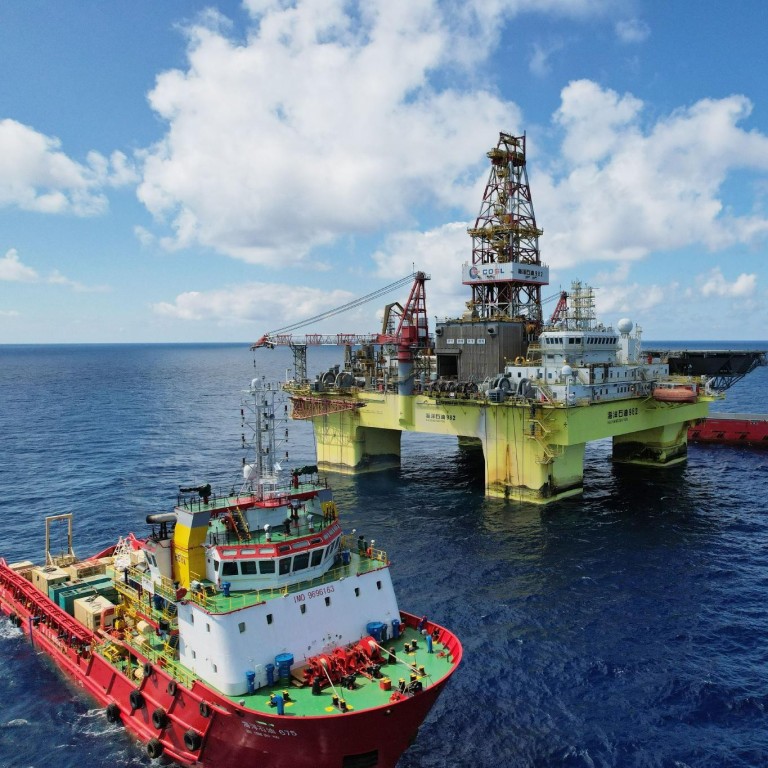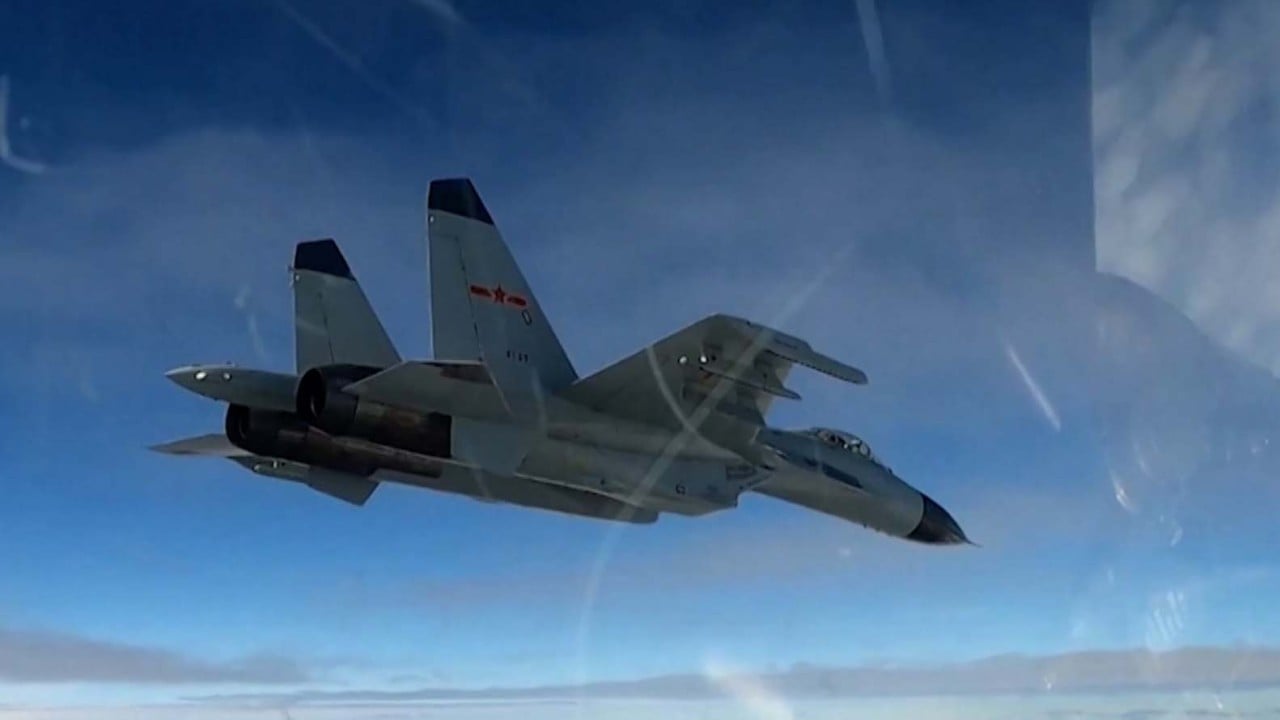
South China Sea: risk of China flashpoints ‘high’ as rival energy projects expand, report says
- Every claimant except the Philippines is moving forward with oil and gas projects in the disputed waters, according to US report
- Many new projects in the resource-rich region lie at the sites of previous confrontations
A growing number of energy exploration projects in the disputed waters of the South China Sea will increase the chances of confrontations, particularly with Chinese patrols, according to a new report by a US think tank.
Many rival claimants in the resource-rich region have stepped up oil and gas development. China, Vietnam, Malaysia and Indonesia have all either announced or started new offshore projects.
AI just predicted the price tag for Beijing’s South China Sea ambitions
In a worrying sign, many of the new projects lie in the disputed waters, some at the sites of previous confrontations, according to a report by the Asia Maritime Transparency Initiative (AMTI), which is operated by the Centre for Strategic & International Studies.
However the Philippines, which suspended all oil and gas projects in the area in 2014 due to the territorial disputes, has not carried out any new projects since.
Among the contentious new developments are drilling operations by state-owned China National Offshore Oil Corporation (CNOOC) at the Lingshui 25-1 gas field, which sits in areas of the continental shelf claimed by both China and Vietnam.
Production is expected to start this year at the Kasawari gas field, which is estimated to hold 3.2 trillion cubic feet of natural gas. The field became a flashpoint between China and Malaysia in 2021 when Beijing sent coastguard vessels near the waters “on daily basis”, drawing protest from Malaysia, which summoned the Chinese ambassador twice in June and October.
Under the plan, gas from the Tuna field would be piped to Vietnam’s Nam Con Son project at Vanguard Bank, in the southern portion of the South China Sea. Chinese and Vietnamese law enforcement vessels were locked in a stand-off in the area in 2014 over a Chinese oil rig platform. That was followed by a confrontation in 2019 after Beijing deployed a geological survey ship to the region.
Philippines wants Australia, Japan to join South China Sea patrols: envoy
Those projects include infill drilling operations carried out by the United Kingdom’s Harbour Energy near Block 12W, which started last September. Other operations include Block 06-1, operated by Russia’s state-owned Zarubezhneft, which took over from Rosneft following the 2019 China-Vietnam stand-off, and the Sao Vang-Dai Nguyet gas and condensate development project, operated by Japanese company Idemitsu Kosan, which began producing gas there in 2020.
In January, Vietnam’s industry and trade minister, Nguyen Hong Dien, reportedly told government authorities and PetroVietnam to speed up the Ca Voi Xanh project off the country’s central coast.
Jointly operated by ExxonMobil, it is potentially Vietnam’s biggest gas project, but may draw protests from Beijing because it is located in an area Beijing may claim based on a continental shelf from the Paracel Islands.
Amid concerns over its ties with China, Vietnam terminated a number of joint development projects with foreign companies in recent years, but AMTI said Hanoi appeared to be changing its mind.
“The ongoing developments in Nam Con Son [run by Idemitsu Kosan] and the potential start of the Ca Voi Xanh project may indicate a turnaround in fortunes for Vietnam’s struggling offshore energy industry,” it said.


